How to Use Home Equity To Remodel
Using home equity and personal loans can be a great way to finance a remodeling project. Homeowners who already have some equity built up in their homes can tap into that money to pay for renovations. With careful planning, you may even be able to save money on interest or other costs associated with the loan.
Advantages of Using Home Equity to Remodel
Home equity is the portion of your home’s value you own outright. It differs from market value because it does not take into account any outstanding mortgage debt. If you have a significant amount of equity in your home, taking out a loan against it can be an attractive option for financing a remodel.
Advantages of Home Equity Loans
Home equity loans are a popular option for financing home improvements because they often offer lower interest rates than other types of loans. With a fixed rate, you can rest assured that your payments will stay the same throughout the term of the loan. This stability can be especially helpful for budgeting purposes. Additionally, since these loans are secured by your home, they may offer more favorable terms than other loan options.
Additional Benefits of Using Home Equity to Remodel
Another major benefit of using home equity to remodel is that it can help increase the value of your home. By investing in renovations, you’ll be able to add value to the property and potentially make more money when you eventually sell. The increased value can also give you access to a larger loan amount in the future should the need arise.
Finally, if you’re looking for a way to finance a remodeling project without taking on more debt, home equity loans can be a great solution. Since they’re secured by your home, lenders are more likely to approve these types of loans. And since you’re already a homeowner, the approval process is usually much faster than other loan options.
Tips for Using Home Equity to Remodel
Before using home equity to finance your remodeling project, it’s important to understand the terms and conditions associated with your loan. It’s also important to shop around and compare rates from different lenders in order to find the best deal. Additionally, it’s important to make sure that you can afford the monthly payments associated with your loan. Be sure to create a budget and plan ahead for any unexpected costs that may arise.
Finally, make sure you understand all of the tax implications associated with these types of loans. Some home equity loans may include deductions that you can take advantage of, so it’s important to do your research and consult a financial professional if necessary.
Using home equity to finance a remodeling project is an excellent way to leverage the value of your property while also adding value in the long run. With careful planning and research, you can make sure you get the best deal for your loan and enjoy the end result.
Conclusion
Home equity loans can be a great way to finance a remodeling project. By taking advantage of lower interest rates, longer repayment terms, and potential tax benefits, homeowners can save money on their renovations.
Disadvantages of Using Home Equity to Remodel
Using home equity to finance a remodeling project can be a great way to leverage the value of your property, but there are also some potential disadvantages to consider. Before deciding whether or not to use home equity for your remodeling project, it’s important to understand all of the risks associated with this type of loan.
Risks Associated With Home Equity Loans
The primary risk associated with using home equity to finance a remodel is that you’re putting your home up as collateral for the loan. If you fail to make regular payments, the lender can take possession of your property. This means that it’s important to make sure you can afford the payments associated with the loan before taking out a home equity loan.
Another potential risk is that if your home drops in value, you may end up owing more than what it’s worth. This is called being “underwater” on your mortgage and can be difficult to get out of. Before using home equity to finance a remodel, be sure to do your research and understand the potential risks.
Other Disadvantages of Using Home Equity to Remodel
In addition to the risks associated with home equity loans, there are also some other potential drawbacks that you should consider before taking out a loan. For example, these types of loans usually require an appraisal of your home before they can be approved. This means that you may need to pay additional fees in order to get the loan.
Additionally, these types of loans are usually limited in the amount you can borrow. If you’re planning on a major remodeling project, it may not be feasible to finance it with a home equity loan. In this case, you may need to look into other financing options.
Finally, it’s important to remember that using home equity to finance a remodeling project means that you’ll have additional debt on your property. This can be beneficial if the value of your home increases significantly with the renovation, but it also means that you’ll need to make regular payments on the loan.
Conclusion
Using home equity to finance a remodeling project can be an attractive option for homeowners looking to leverage their existing property value. However, it’s important to understand all of the risks associated with this type of loan before making any decisions. With careful planning and research, you can make sure you get the best deal for your loan and enjoy the end result.
How to Choose the Best Remodeling Loan Option
When it comes to financing a remodeling project, there are a variety of loan options available. It’s important to do your research and compare different loans in order to find the best deal for your situation. Here are some tips for choosing the best remodeling loan option:
Introduction
Choosing the best loan option for a remodel can be a daunting task. With so many different loan types and lenders out there, it can be difficult to determine which one is right for your needs. To make things easier, we’ve put together this guide to help you evaluate your options and find the best loan for your project.
Types of Remodeling Loans
The first step in choosing the right loan is understanding the types of remodeling loans available. There are several different loan options, each with its own set of advantages and disadvantages. Here are some of the most common types of remodeling loans:
- Home equity loans: A home equity loan allows you to take out a loan against the value of your home. These types of loans usually come with lower interest rates and longer repayment periods than other loan options.
- Personal loans: Personal loans are unsecured loans that can be used for any purpose, including remodeling projects. They typically have higher interest rates than other loan options, but they’re also easier to qualify for.
- Construction loans: Construction loans are specifically designed for financing remodeling projects. They usually have higher interest rates than other loan options but can be more flexible when it comes to repayment terms.
Choosing the Right Loan Option
Once you’ve identified which type of loan is best suited for your needs, the next step is to compare different lenders. There are a few key factors that you should consider when comparing lenders:
- Interest rate: The interest rate of the loan will affect how much you have to pay in total over the life of the loan. Be sure to compare rates from different lenders in order to find the best deal.
- Repayment term: The repayment term of the loan will determine how long it takes to pay off the loan. Longer terms can be beneficial if you’re looking for lower monthly payments, but they can also mean paying more in total interest over time.
- Fees and charges: Always make sure to read the fine print when comparing lenders. Different lenders may charge different fees and charges, so be sure to factor these in when deciding which loan is right for you.
Conclusion
Choosing the best loan option for a remodel can be a daunting task. With so many different loan types and lenders out there, it’s important to do your research and compare options before making a decision. By understanding the different types of loans available and comparing lenders, you can make sure that you get the best deal for your loan and enjoy the end result.
By using the tips in this guide, you’ll be able to find the right loan option for your remodeling project. Good luck!
How to Get Started With a Home Equity Loan
If you’ve decided to use a home equity loan to finance a remodeling project, you’ll need to take some steps before you can get started. Here are the steps you should follow in order to get started with a home equity loan:
Introduction
Using home equity to finance a remodeling project can be an attractive option for homeowners looking to leverage their existing property value. However, it’s important to understand all of the risks associated with this type of loan before making any decisions. In this article, we will discuss how to get started with a home equity loan and what to consider before taking out the loan.
Steps to Take Before Applying for a Home Equity Loan
Before applying for a home equity loan, there are some steps that you should take in order to ensure that you get the best deal possible. Here’s what you need to do:
- Calculate how much equity you have in your home. By calculating the difference between your loan balance and the current market value of your property, you can determine how much equity you have in your home.
- Shop around for the best rates. Different lenders will offer different interest rates on their loans, so it’s important to shop around in order to get the best deal available.
- Research different loan options. Different loan types offer different advantages and disadvantages, so it’s important to research the different options in order to find the best fit for your situation.
- Calculate how much you can afford. Before applying for a home equity loan, you should calculate how much you can realistically afford to borrow based on your current income and expenses.
Applying for a Home Equity Loan
Once you’ve done your research and determined that a home equity loan is the best option for your remodeling project, the next step is to apply. Here are the steps you should take when applying for a home equity loan:
- Gather all of the necessary documentation. Most lenders will require you to provide proof of income, bank statements, and other documents in order to apply for a loan.
- Complete the application form. Once you’ve gathered all of your documents, you can fill out the application form and submit it to the lender.
- Wait for approval. The lender will review your application and decide whether or not to approve the loan. If approved, you will be notified and can move forward with the loan process.
Conclusion
Using home equity to finance a remodeling project is an attractive option for many homeowners looking to leverage their existing property value. By taking the necessary steps and doing your research, you can make sure that you get the best deal available on your loan. With these
Tips for Keeping Costs Low When Using Home Equity to Remodel
Using home equity to finance a remodeling project can be a great way to save money in the long run. Some tips for making sure you keep your costs as low as possible include:
- Calculate the total cost of the project in advance and make sure you can afford it
- Look for loans with lower interest rates, such as those from credit unions or online lenders
- Consider a shorter loan term to reduce overall costs
- Make extra payments on your loan when possible to reduce your debt faster
- Shop around for the best rates and terms from multiple lenders
- Make sure to pay your loan on time each month to avoid late fees or other penalties
By following these steps, homeowners can ensure they are making the most out of their home equity when financing a remodeling project. With careful planning and research, you may even be able to save money over the long term.
If you’re willing to hire us contact us here.
Conclusion
Using home equity to finance a remodeling project can be a great way to save money in the long run and leverage existing equity in your home. With careful planning and research, you may even be able to save money over the long term. By following these tips, homeowners can ensure they are making the most out of their home equity when financing a remodeling project. Additionally, it’s important to make sure that you are able to realistically afford the loan and repayment plan before taking out the loan. Doing so will ensure that you don’t end up in financial difficulty down the line. With these tips in mind, homeowners can confidently take on their next remodeling project with ease!








